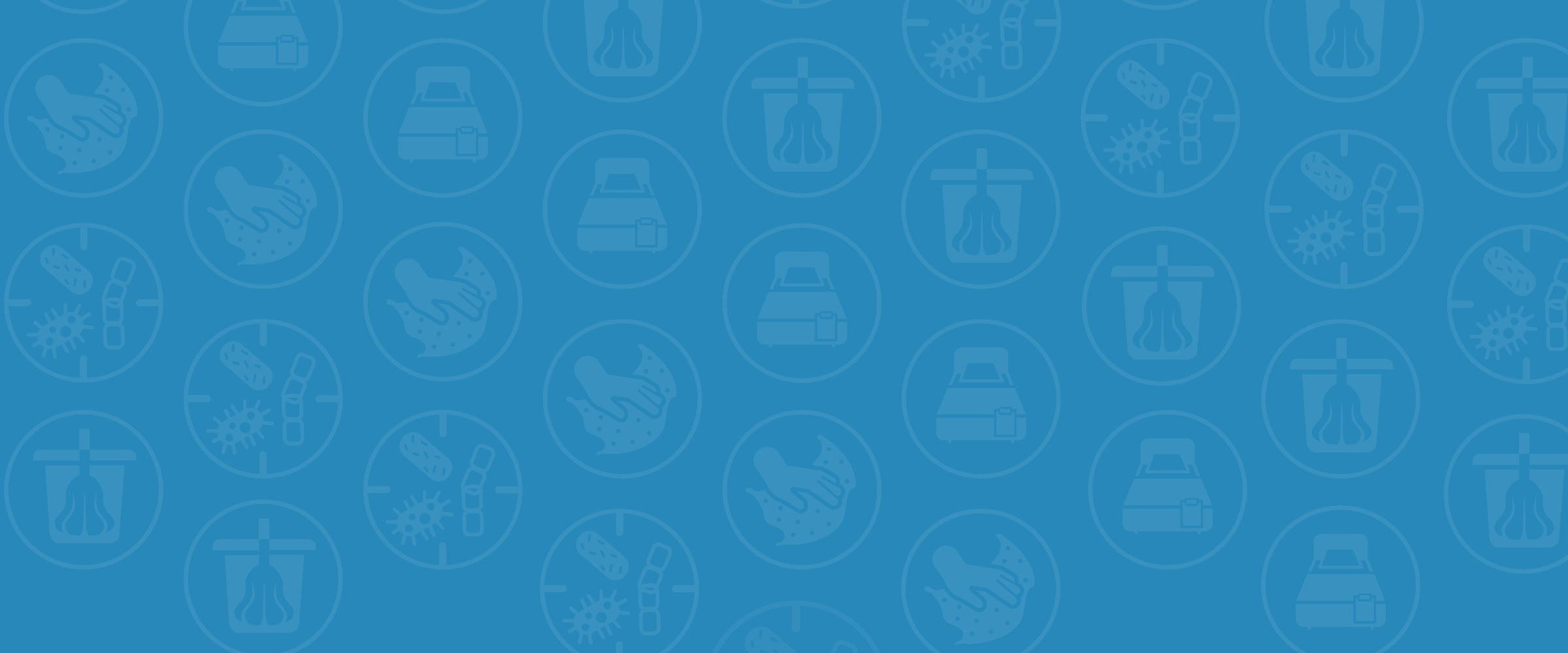
Frequently Asked Questions
-
At 4000 ppm, Peracide is sporicidal in as little as 15 seconds. Peracide is sporicidal at lower concentrations but longer contact times are required.
-
Peracide is a high-level disinfectant proven to be bactericidal, virucidal, fungicidal, and sporicidal. Formulated with healthcare in mind, Peracide is a very high-efficacy cleaner and disinfectant with minimal environmental problems, and is considerably less harmful than chlorine-based cleaners, all while being easier and safer to handle for the end user.
-
Colour is an excellent way of providing a visible indicator as to whether a solution is usable, and reinforcing good cleaning practices by ensuring spent disinfectants are not used. Peracide’s colour change system is designed to show the stages of preparation, activity, and end of useful life.
When the tablets are first added to the water, they will take a short time to dissolve and generate peracetic acid at the desired concentration. During this time the solution will turn a violet/purple colour. When the solution has reached its full strength, the colour will turn pink demonstrating the solution is ready to use, and its full biocidal properties. The pink colour will slowly fade over the working lifetime of the solution, and when the pink colour is gone, the solution should be disposed of and replaced with a fresh solution.
-
Get in touch through our contact form here, or call us to find out!
-
The active component in the Peracide solution is peracetic acid (PAA). PAA breaks down into acetic acid (vinegar), oxygen, and water. The acetic acid will subsequently biodegrade to carbon dioxide, oxygen, and water. None of these products are of environmental concern so Peracide’s environmental effects are minimal. PAA contains no chlorine or other persistent environmental materials.
Chlorine compounds create a number of toxic by-products including chloroalkanes (e.g. dichloromethane), chloroacetic acids, chloramines (carcinogens), and chlorine gas (amongst other hazardous by-products).
-
The peroxyacetic acid (PAA) generated in situ is a strong oxidising agent which is primarily responsible for its exceptional efficacy against all pathogens. Due to this reactivity, the PAA molecule is unstable and needs to be stabilised while it is in solution as it will degrade over time. As a consequence of this, any PAA that evaporates into the air will rapidly decompose to vinegar, oxygen, and water. In addition to this, the PAA molecule is highly water soluble so will stay in the solution in preference to evaporating off as a dissolved gas, such as chlorine dioxide, would do. As with any cleaning material, gloves should be worn as the detergent will lead to skin drying over time.
